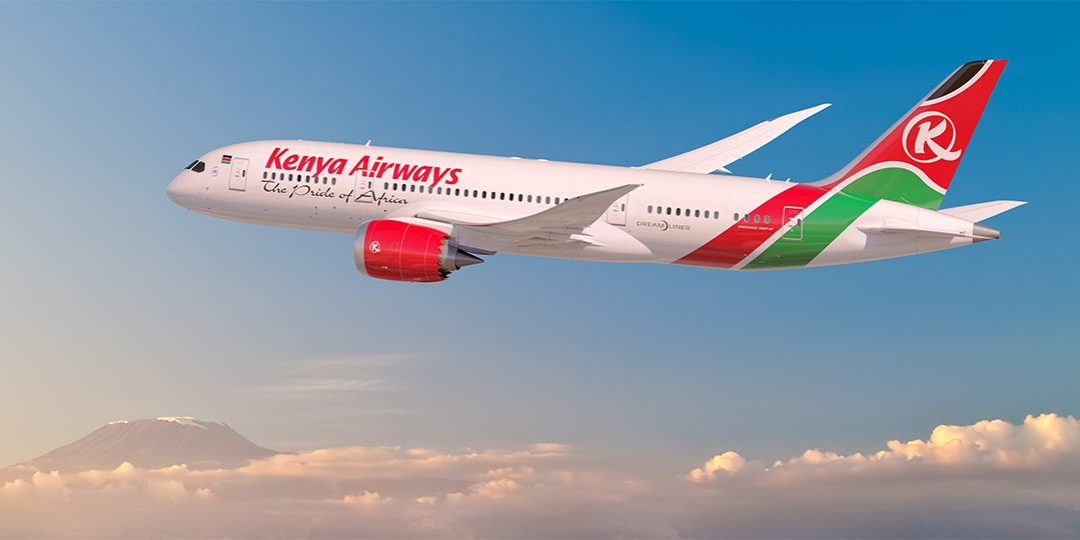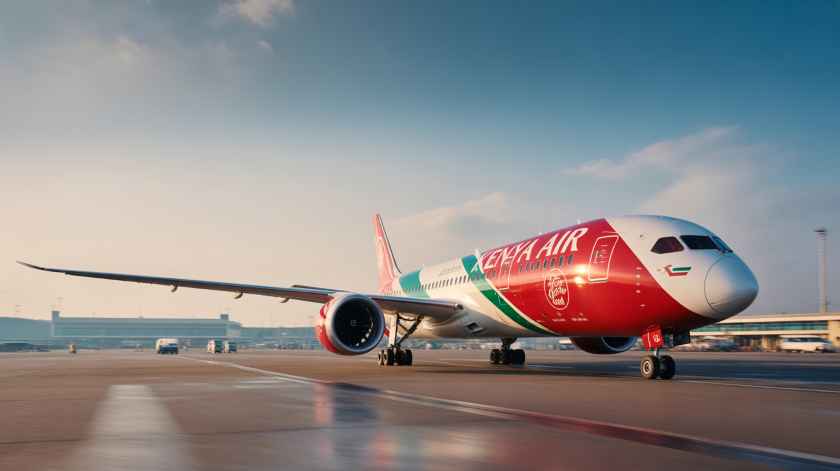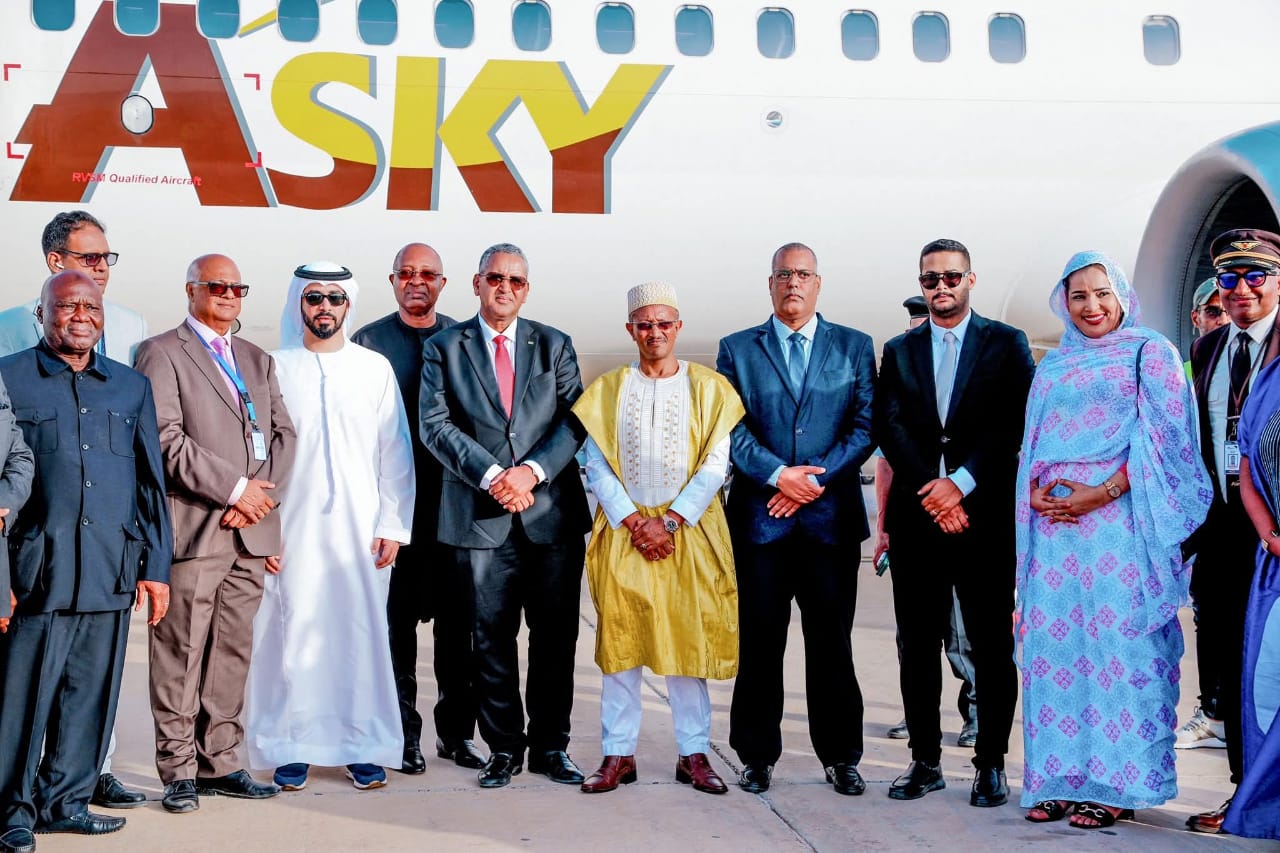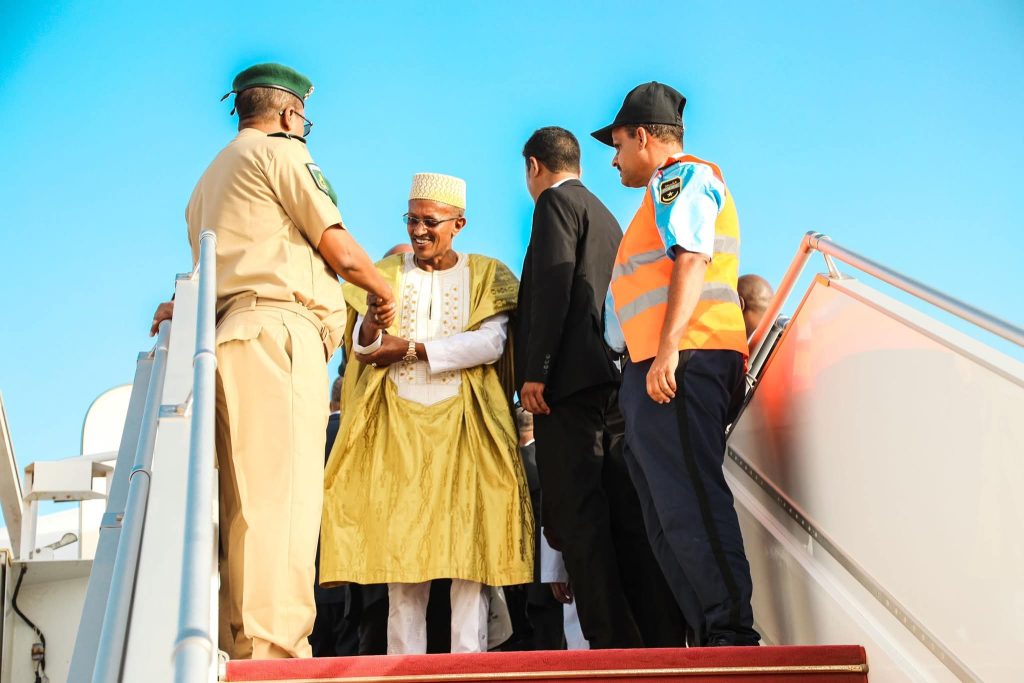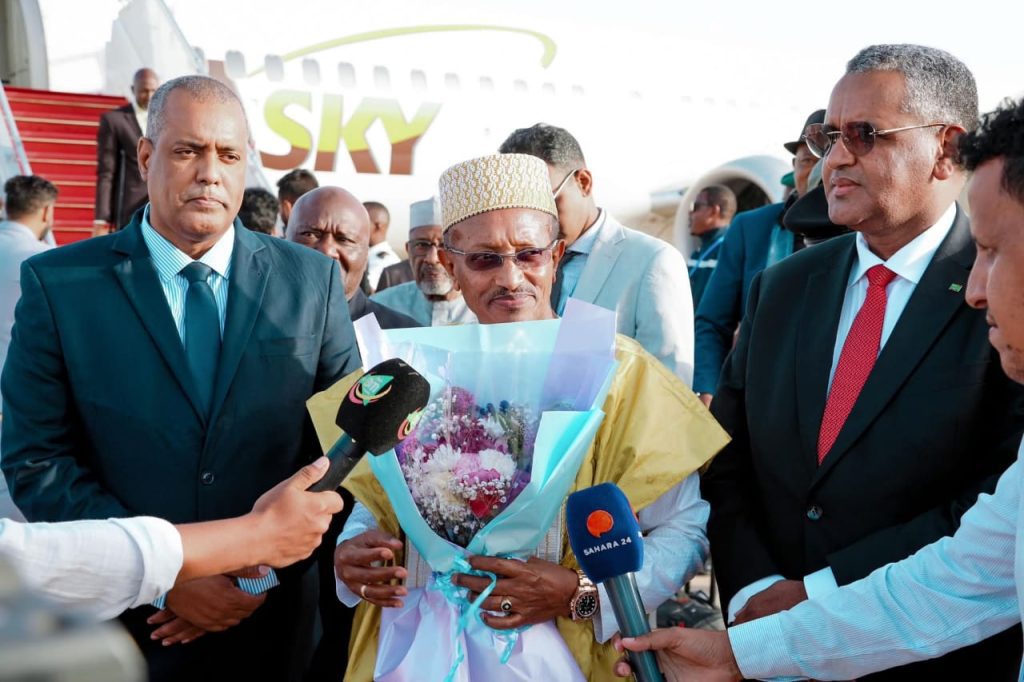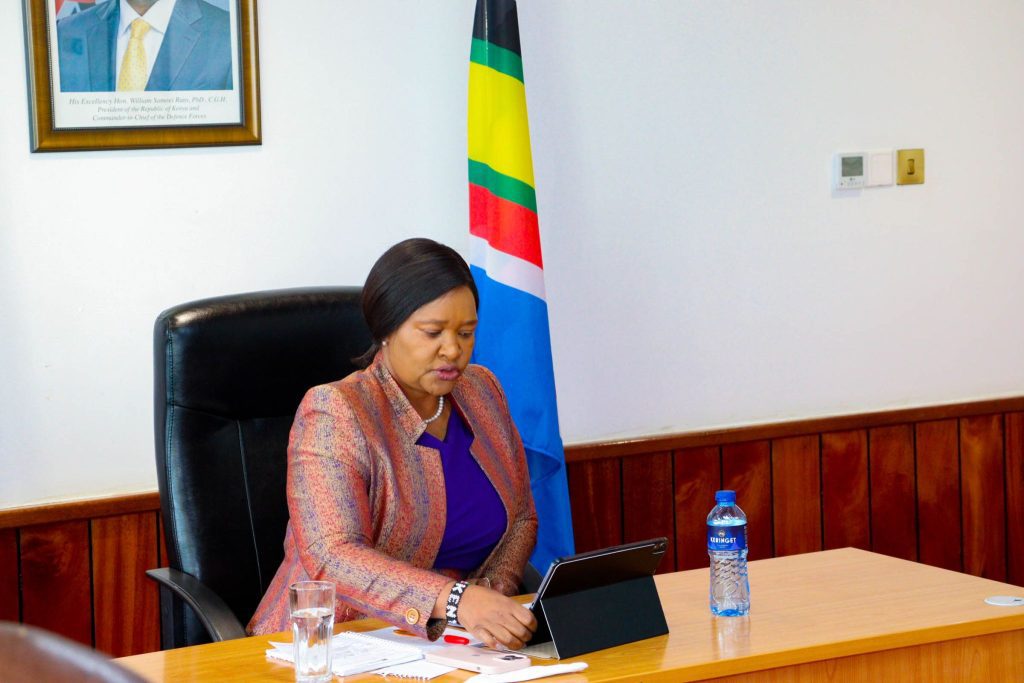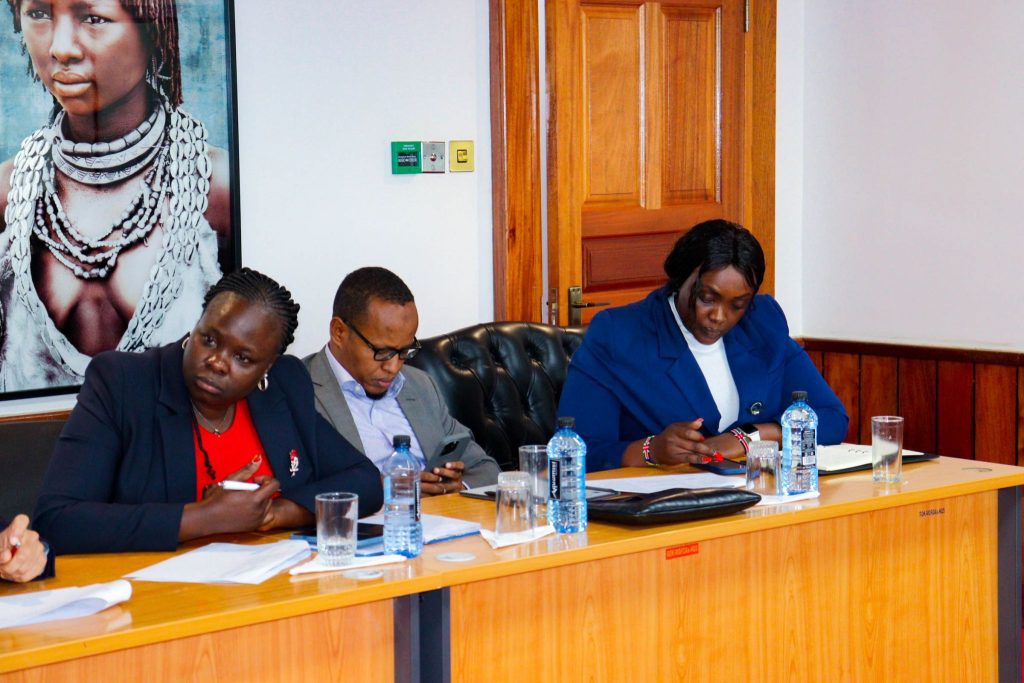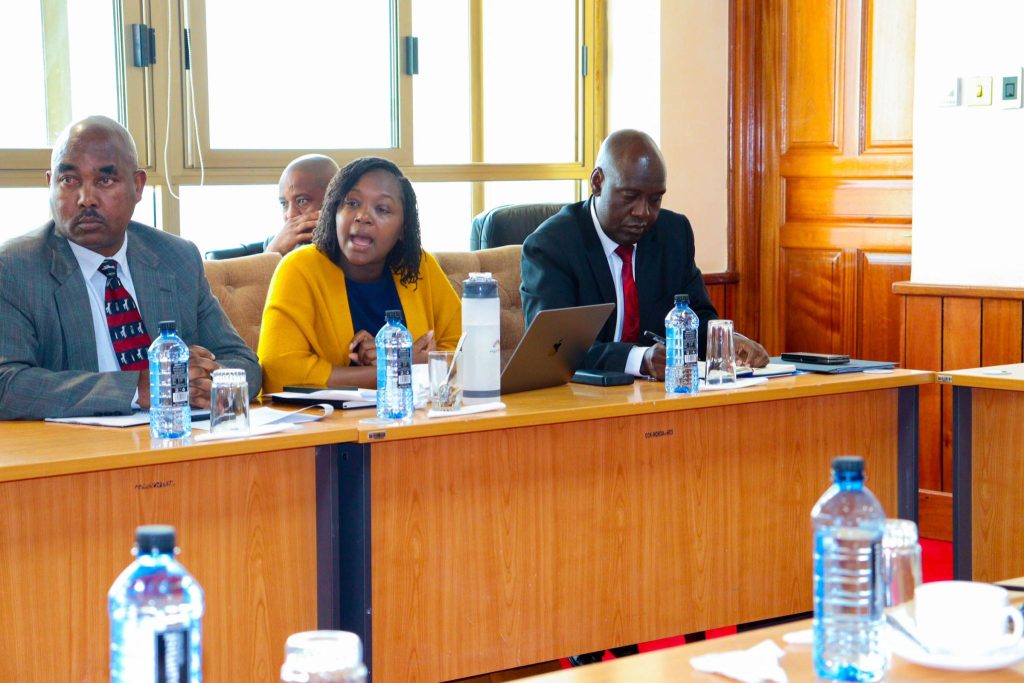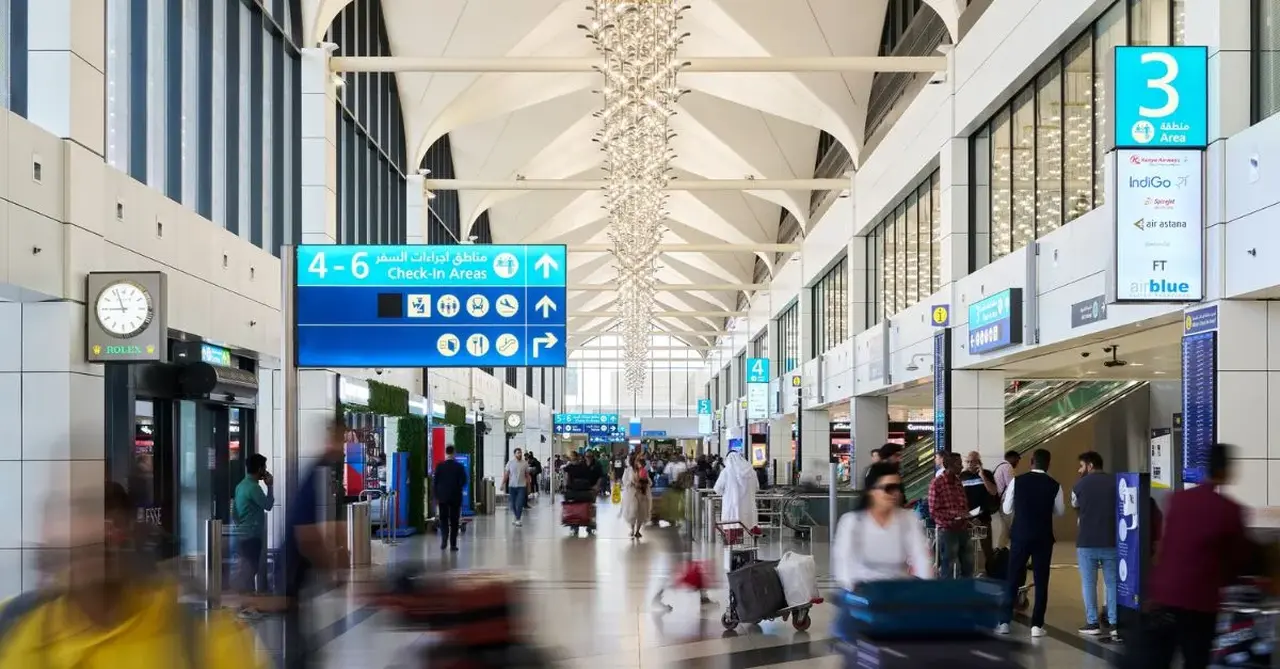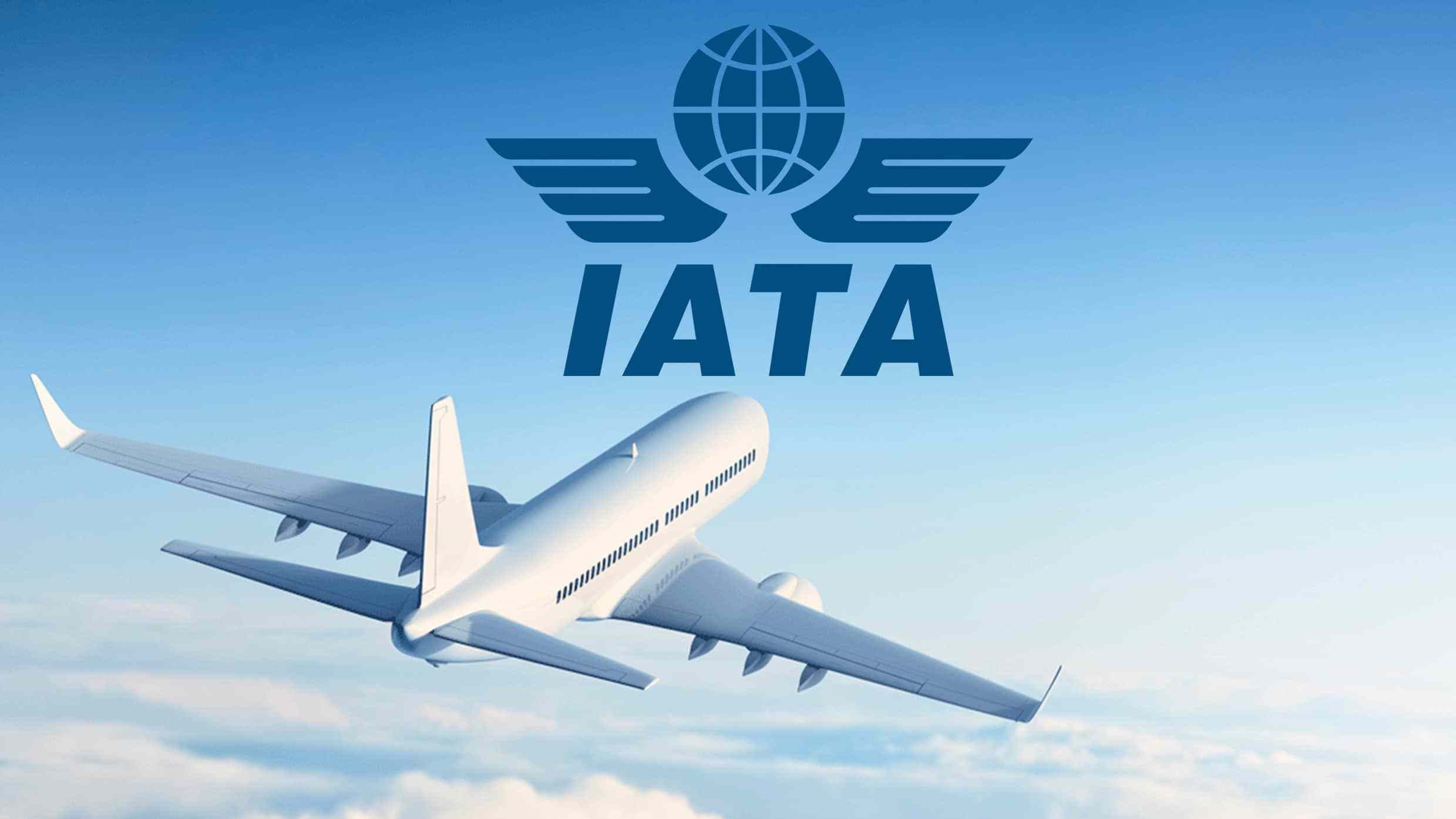The global aviation scene is changing fast, and the biggest airlines are using their size to lead long-haul travel. This wave of consolidation brings African aviation professionals new challenges and clear openings. Majors like United, Emirates, and Qatar are carrying more of the world’s passengers, and the latest International Air Transport Association (IATA) stats show these mega-carriers topping almost every performance measure. Smaller regional airlines are feeling the squeeze, but the same tide can lift the African sector. By pursuing smart alliances, broadening route maps, and fine-tuning operations, African carriers can carve out their share of the growing global travel pie.
In 2024 United Airlines claimed the title of largest airline in the world by revenue passenger kilometers (RPK), edging out American Airlines. Delta Air Lines maintains a strong grip on North American flying. Together, these moves underscore the power of big airlines that combine broad networks with lean operations, steadily bulking up their share of the market.
Global Market Consolidation: Impact on African Airlines
Big airline groups from the U.S., China, and the Middle East enjoy a clear edge. They can split costs among millions of passengers, making tickets cheaper and routes more attractive. Airlines like Emirates and Qatar Airways thrive by sitting at the crossroads of Europe, Asia, and Africa, letting them lure travelers with fast connections and lavish services.
African airlines have to fight a lopsided game. Ethiopian Airlines, the continent’s biggest, flies about 15 million passengers a year. Delta, the world’s largest, moves more than 200 million on its own. The difference hurts. Ethiopian can’t match the global reach of the giants on long flights, and its size limits growth in markets where the big groups are adding seats. Without wider domestic markets to stand on or the same scale to back them, African airlines struggle to build the networks and size needed to play on equal footing.
Strategic Partnerships: The Best Route for African Airlines
African airlines operate in markets that can feel a bit like small ponds—great for local traffic but not big enough to support lots of long-haul routes on their own. That’s where strategic partnerships come into play. By teaming up with major international carriers, local airlines can stitch their domestic markets into a larger global fabric, making it easier to fly passengers and cargo further without draining their own resources.
Take Qatar Airways, for example. The airline has put money and know-how into carriers like Airlink and RwandAir. These investments let the African airlines add extra miles to their timetables without needing to buy more planes. RwandAir, for instance, can feed passengers from Kigali straight into Qatar’s global route map, linking travelers to cities in Europe, Asia, and the Americas. That’s a big boost for a carrier that would otherwise have to build and market those routes from scratch.
The Qatar Airways-RwandAir link clearly illustrates what these partnerships can achieve. With Qatar’s cash and network, RwandAir can offer its customers more choices without losing its local flavor. Passengers can check in once in Kigali and seamlessly fly to places they never dreamed of visiting. At the same time, RwandAir keeps its domestic market and its brand at the forefront, showing that a smaller airline can think big when it has the right partner.
Ethiopian Airlines has boosted its footprint by teaming up with several African carriers, creating a smart multi-hub network that solidifies its reach across West, Central, and Southern Africa. This plan lets it tap the wider continental market without the need to buy new long-haul jets or open costly intercontinental lanes. By partnering with smaller regional airlines, Ethiopian is quietly stitching together a pan-African web that broadens its reach and grows its passenger and cargo volumes.
Similarly, Emirates and Qatar Airways are now vital for anyone looking at African skies. These Gulf giants funnel travelers through their Dubai and Doha hubs, smoothly linking Europe, Asia, and Africa. Their big, modern fleets and ability to stitch continents together fast give them a clear edge that African airlines must now factor into every growth plan.
Emirates has turned Dubai into a leading global aviation hub—now the main link for travelers flying between Africa and every corner of the planet. This success is pushing African airlines to step up their game with better services and stronger airports. Yet the high service quality and huge route networks of giants like Emirates and Qatar Airways also open doors for teamwork. By forming smart partnerships with these carriers, African airlines can give travelers smooth connections to a much broader global map. That extra reach can make them much more competitive across the aviation sector.
Challenges and Opportunities for African Aviation
Big global carriers are everywhere, but African aviation still has lots of room to grow. Across the continent, new and upgraded airports are on the way. In South Africa, Kenya, and Ethiopia, terminals are expanding to handle more passengers every day. The Ethiopian Aviation Group is leading the charge, pouring money into modern terminals and cargo facilities. Those upgrades are not only boosting capacity; they’re also making the airports more appealing to travelers and airlines, which can keep more international traffic flowing in and out of Africa.
Regulatory hurdles continue to slow growth for African airlines. Without a common set of rules from country to country, flying across borders can be slow and complicated. Still, programs like the Single African Air Transport Market (SAATM) and the African Union’s goal of smoother air links give airlines reason to believe there will be more flights across Africa and better teamwork among regional carriers.
What’s Next for African Carriers
For sustained success, African airlines need to focus on planned growth, teamwork, and a wider reach. Competing head-to-head with major global players isn’t realistic yet, but forming regional alliances, upgrading facilities, and delivering top-notch service can give them a respected voice on the world stage.
As the world’s aviation industry keeps clustering around big hub airports, African airlines can find their own space with smart, focused strategies. They can build on strengths like deep regional know-how, strong community ties, and a tourism-driven service model to attract the attention of travelers and cargo customers alike.
Conclusion
For African aviation to flourish, airlines must work together, embrace new technology, and plan smartly for growth. Though global airlines still hold most of the market, African carriers are discovering how to compete and flourish in the long run. Alliances with global leaders such as Emirates and Qatar Airways, plus ongoing upgrades to airports and customer service, are strengthening African networks and making them more connected. As the global aviation landscape keeps changing, African airlines must keep adjusting, only to find new chances for regional and worldwide expansion.
Source; TravelAndTourWorld

